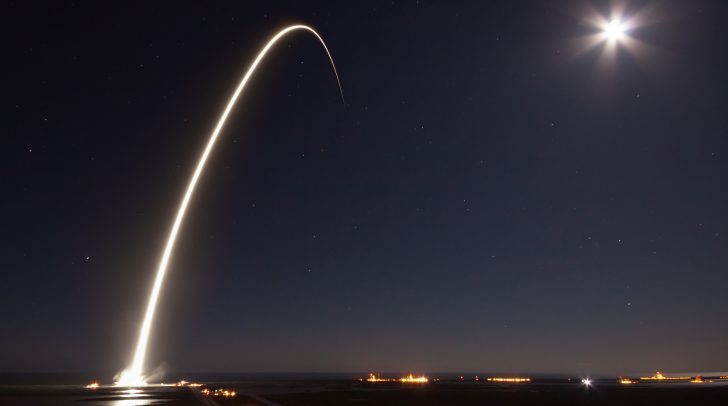By Matt Isley

The professionals say that one way to keep thinking and feeling young and vigorous is to periodically reinvent ourselves. Reinvention needs to be something more significant than trying out a different haircut, however. Something like learning a new sport, taking up a new avocation, selling the big house and downsizing, even launching a new career. Real change is challenging, and if approached willingly it can be immensely invigorating and rewarding.
We think the same is true of airplanes, if not more so. Airplane technology continuously evolves, and it’s all to our benefit. That’s certainly true of avionics. Look at the transformation of the Twin Commander cockpit, from the all-analog age of round instruments and dials to the digital era of electronic sensing and presentation. The only thing more impressive than a Garmin G600/GTN750 suite to work with for flight management is the all-electronic Garmin 950 integrated panel.
Avionics may be the most obvious example of the evolution of aviation technology, but evolution—change—occurs beyond the panel as well. It encompasses components that affect performance and reliability. The major example in the Twin Commander world is the TPE331-10T engine upgrade from the original Dash 5. The original engine fitted with a new hot section and mated to the original gearbox to yield faster time to climb and higher cruise speeds—what’s not to like about the Dash 10T? The benefits of this evolution of engine technology are so persuasive that the Dash 10T engine has become the standard for Twin Commander models originally powered by the Dash 5.
Evolution is all-encompassing. The boots at the base of the rudder pedals and control pedestal that help seal the pressurized cabin have undergone significant re-engineering to improve their function and longevity. Old-school overhead fluorescent lighting in the passenger cabin has been replaced with soothing, durable LED lighting. Other interior components have shed weight while accumulating style. Newly designed flexible hose couplings for the Sundstrand Environmental Control Unit do a better job of dampening vibration in the ECU, and protecting against thermal damage.
It’s not just hardware that evolves, though. Twin Commander technicians are better trained, equipped, and supported, which means more informed, better care for your airplane.
These are just a few examples of how Twin Commander Aircraft and its network of authorized service centers have evolved, how we’ve changed, to better serve you.
Change—reinvention—is not just a nice idea, though. It is an absolute necessity if you want an airplane that keeps pace with contemporary standards of performance, comfort, and reliability. Just ask Steve Binnette, the subject of the owner profile in this issue of Flight Levels. Binnette certainly is familiar with the benefits of technological evolution. He’s been flying Boeing 777s and now the Airbus 321 for American. When he went looking for a larger, faster, more capable airplane to replace his Cessna 421, he settled on a Twin Commander.
Not just any Twin Commander, however. This one had been the unfortunate victim of a bankruptcy and had suffered from extended neglect. It would be charitable to characterize it as a handyman’s special, but Binnette saw the potential and willingly undertook the challenge. The result is a reinvented Commander 980, newly young and vigorous, that he and his family are proud to own and fly.
